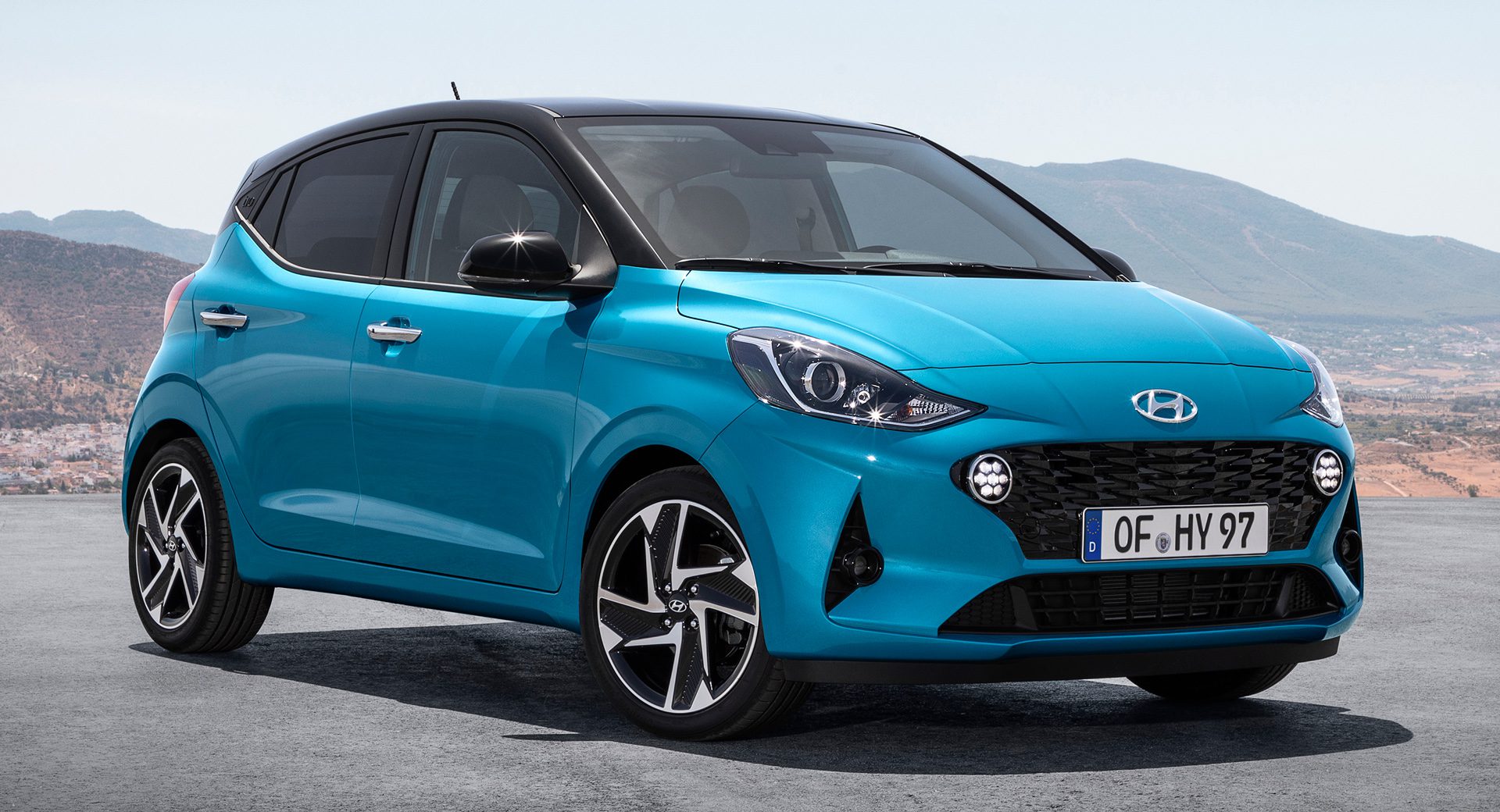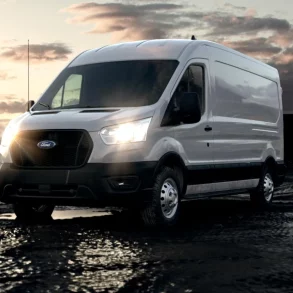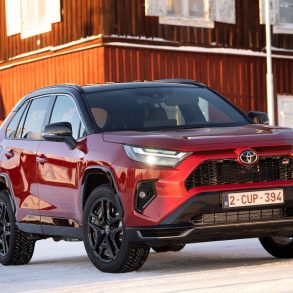Hyundai i10
The Hyundai i10 was introduced in 2008 as a replacement to the Hyundai Atos. See how Hyundai i10 sales compare to the other models in the minicar segment. The Hyundai i10 is a city car produced by the South Korean automaker Hyundai. Since its introduction in 2007, it has been a popular choice in many markets, particularly in Europe and Asia, thanks to its affordability, efficiency, and practicality.
Hyundai i10 Overview
The Hyundai i10 is a city car that was first launched in 2007. It is currently in its third generation, which was introduced in 2020. The i10 is available in a variety of countries, including Europe, India, and South America. It is not sold in the United States. The i10 is powered by a 1.2-liter four-cylinder engine that produces 87 horsepower and 96 pound-feet of torque. It is paired with a five-speed manual transmission or a five-speed automatic transmission. The i10 is available with front-wheel drive only. The i10 is a small car, but it is surprisingly spacious inside. The front seats are comfortable and supportive, and the rear seats have enough legroom for adults. The i10 also has a decent-sized trunk.
The i10 is a fun and easy car to drive. It is perfect for city driving and is also good on fuel. The i10 comes standard with a variety of features, including a 7-inch touchscreen infotainment system, Bluetooth, and a rearview camera. Available features include a sunroof, a navigation system, and a heated steering wheel.
The Hyundai i10 is an appealing option for those looking for an affordable and practical city car. Its compact size makes it easy to maneuver in urban environments, and its fuel efficiency adds to its cost-effectiveness. While it may not offer the luxury or high-performance features of more expensive vehicles, the i10’s value proposition has made it a popular choice for budget-conscious buyers and those looking for a dependable and straightforward vehicle for city commuting.









